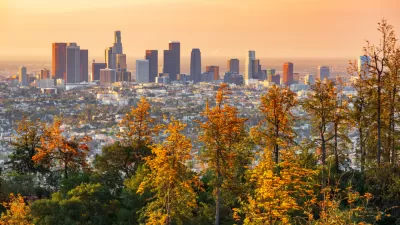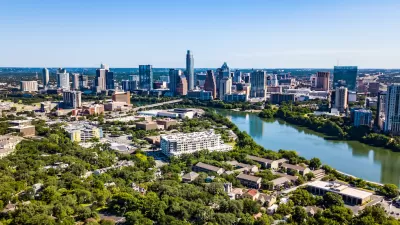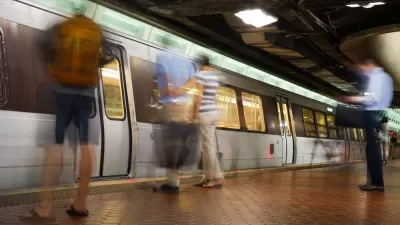Can a Democratic governor in a state controlled by a Republic legislature achieve meaningful emissions reductions from the state's energy utilities? North Carolina Governor Gary Cooper is trying.

James Bruggers reports on the changes in North Carolina in since January 2017, when Governor Gary Cooper took office:
After replacing a Republican who questioned whether climate change was caused by human activities, Democratic Gov. Roy Cooper has testified before Congress on North Carolina's sizable climate challenges and unveiled a draft clean energy plan designed to put the state on a path toward eliminating carbon emissions from the power sector by mid-century.
The state's Republic legislature has forced Governor Cooper and allies on matters of climate policy to seek short-term wins and work-arounds, however.
The example that informs Bruggers's reporting centers around Duke Energy, the biggest utility in the state, which has developed solar power for use in the state but still largely relies on coal and natural gas. A clean energy plan championed by Governor Cooper would require Duke to go further in reducing emissions from electricity generation.
Here's where the "work-arounds" referenced by Bruggers comes in. Should legislators balk at Cooper's clean energy plan, it's becoming evident that state regulators could decide to clamp down on Duke's emissions anyways.
In addition to detailing some of the initial actions of the state in siding with the governor and pressuring Duke to target more aggressive carbon emissions reduction, the article also includes a lot more detail on the components of the governor's clean energy plan.
FULL STORY: A Southern Governor's Climate and Clean Energy Plan Aims for Zero Emissions

Planetizen Federal Action Tracker
A weekly monitor of how Trump’s orders and actions are impacting planners and planning in America.

Maui's Vacation Rental Debate Turns Ugly
Verbal attacks, misinformation campaigns and fistfights plague a high-stakes debate to convert thousands of vacation rentals into long-term housing.

San Francisco Suspends Traffic Calming Amidst Record Deaths
Citing “a challenging fiscal landscape,” the city will cease the program on the heels of 42 traffic deaths, including 24 pedestrians.

Defunct Pittsburgh Power Plant to Become Residential Tower
A decommissioned steam heat plant will be redeveloped into almost 100 affordable housing units.

Trump Prompts Restructuring of Transportation Research Board in “Unprecedented Overreach”
The TRB has eliminated more than half of its committees including those focused on climate, equity, and cities.

Amtrak Rolls Out New Orleans to Alabama “Mardi Gras” Train
The new service will operate morning and evening departures between Mobile and New Orleans.
Urban Design for Planners 1: Software Tools
This six-course series explores essential urban design concepts using open source software and equips planners with the tools they need to participate fully in the urban design process.
Planning for Universal Design
Learn the tools for implementing Universal Design in planning regulations.
Heyer Gruel & Associates PA
JM Goldson LLC
Custer County Colorado
City of Camden Redevelopment Agency
City of Astoria
Transportation Research & Education Center (TREC) at Portland State University
Jefferson Parish Government
Camden Redevelopment Agency
City of Claremont





























